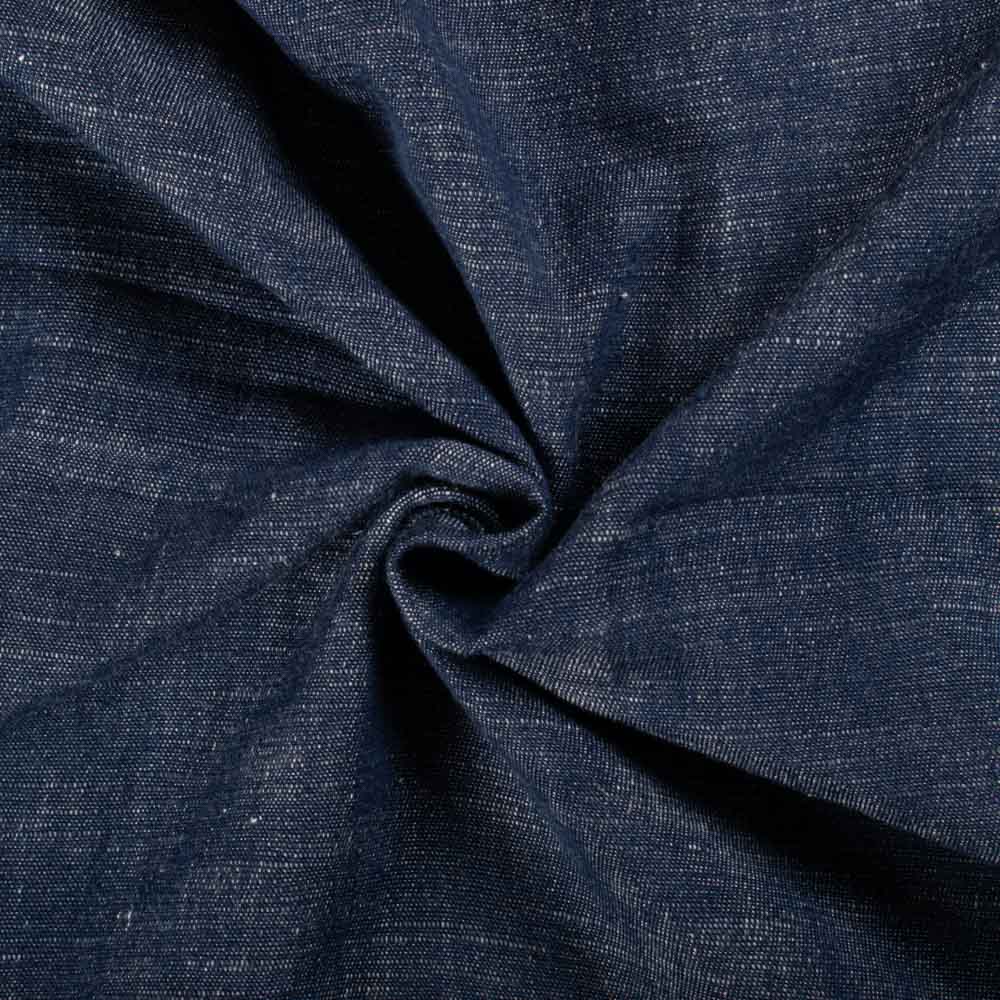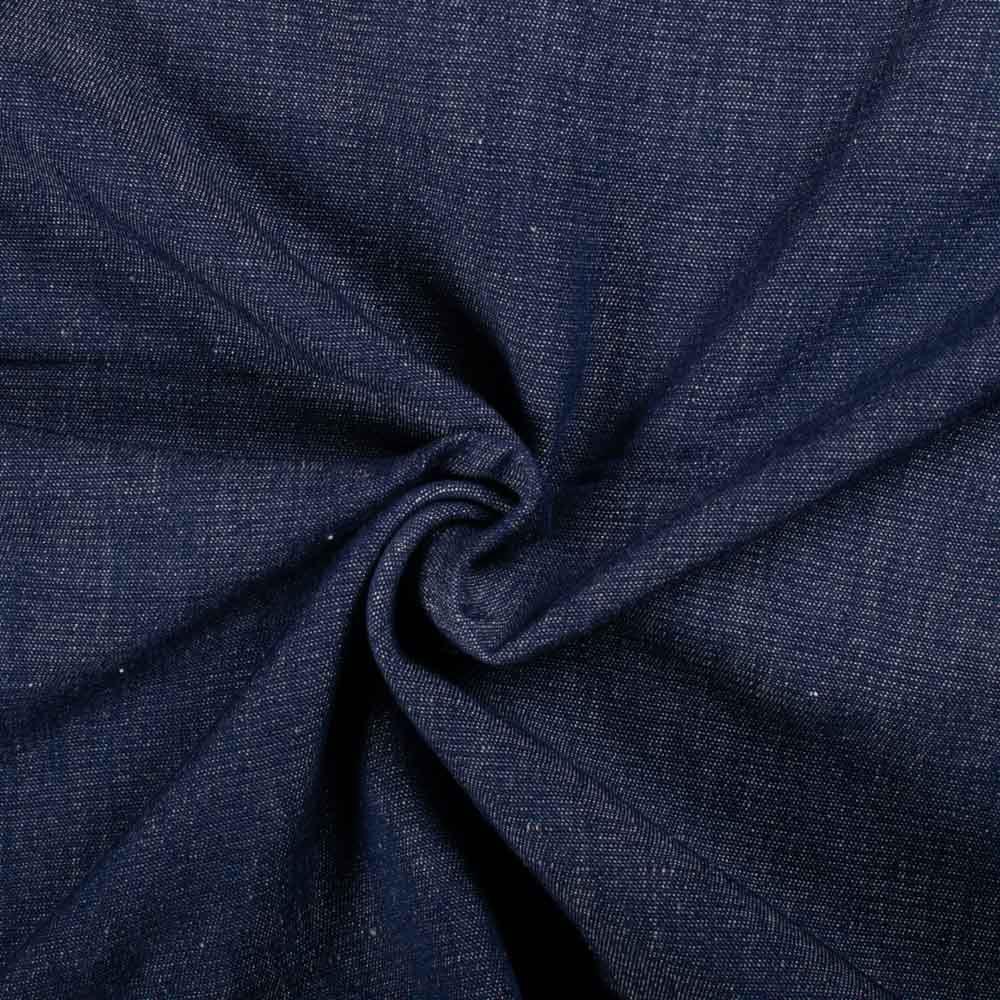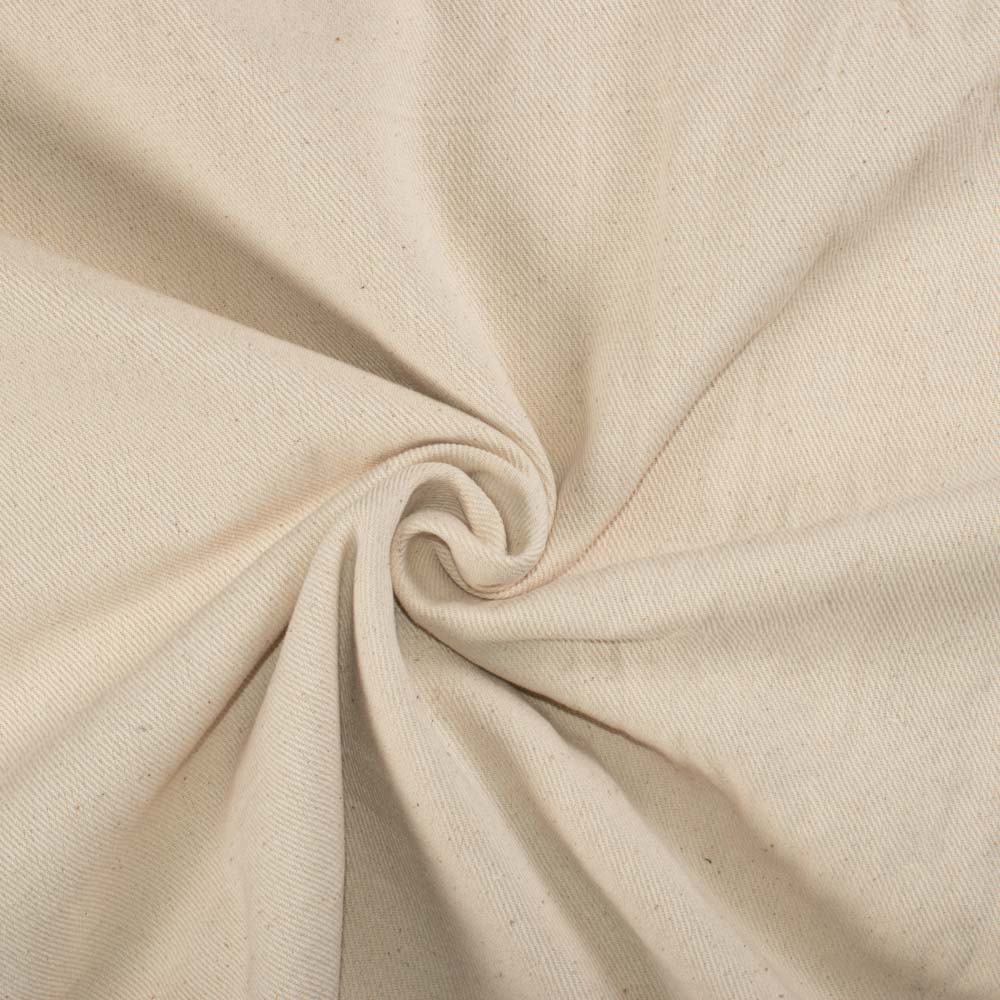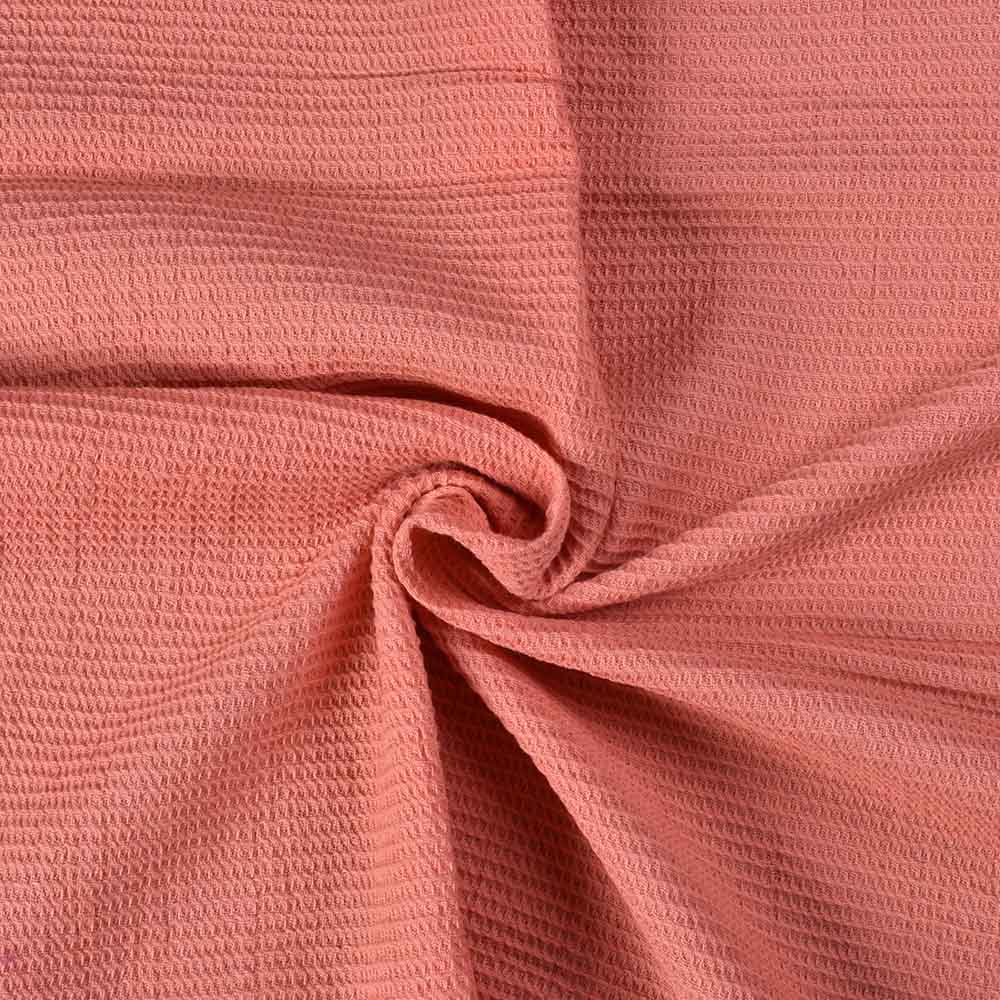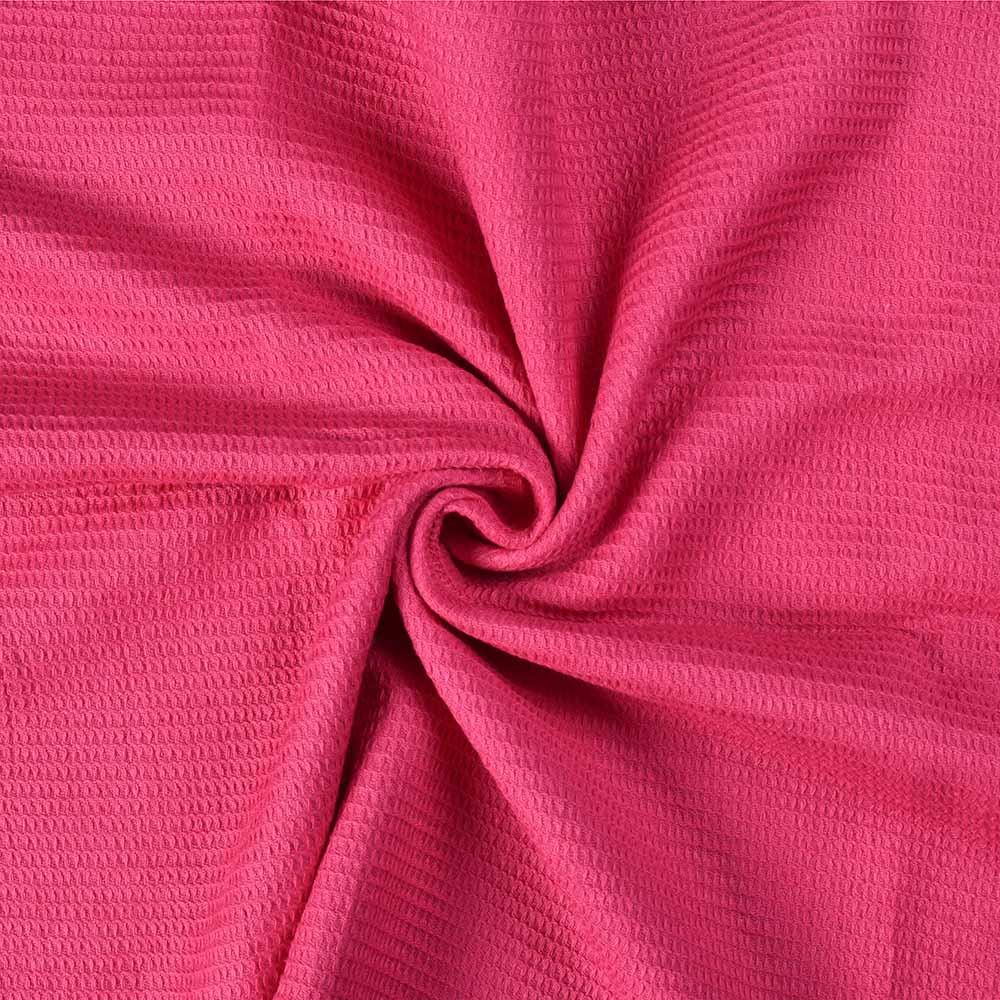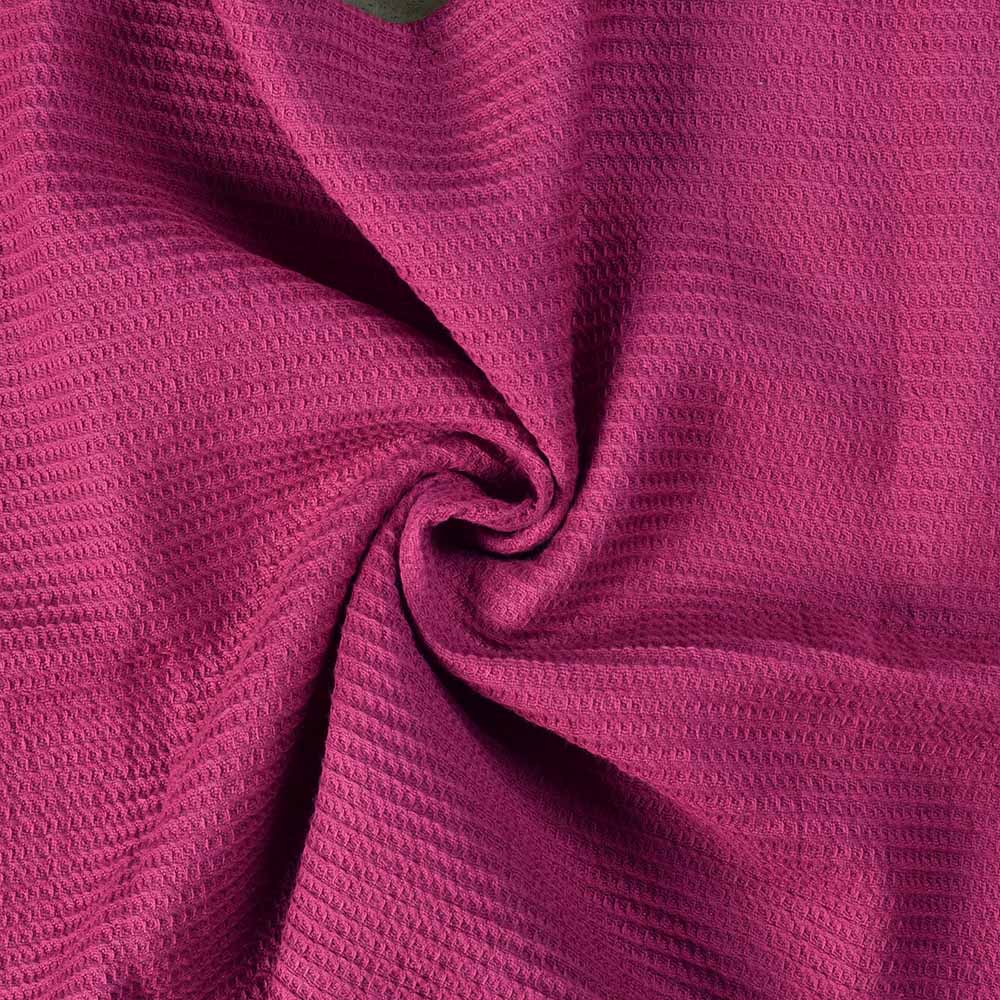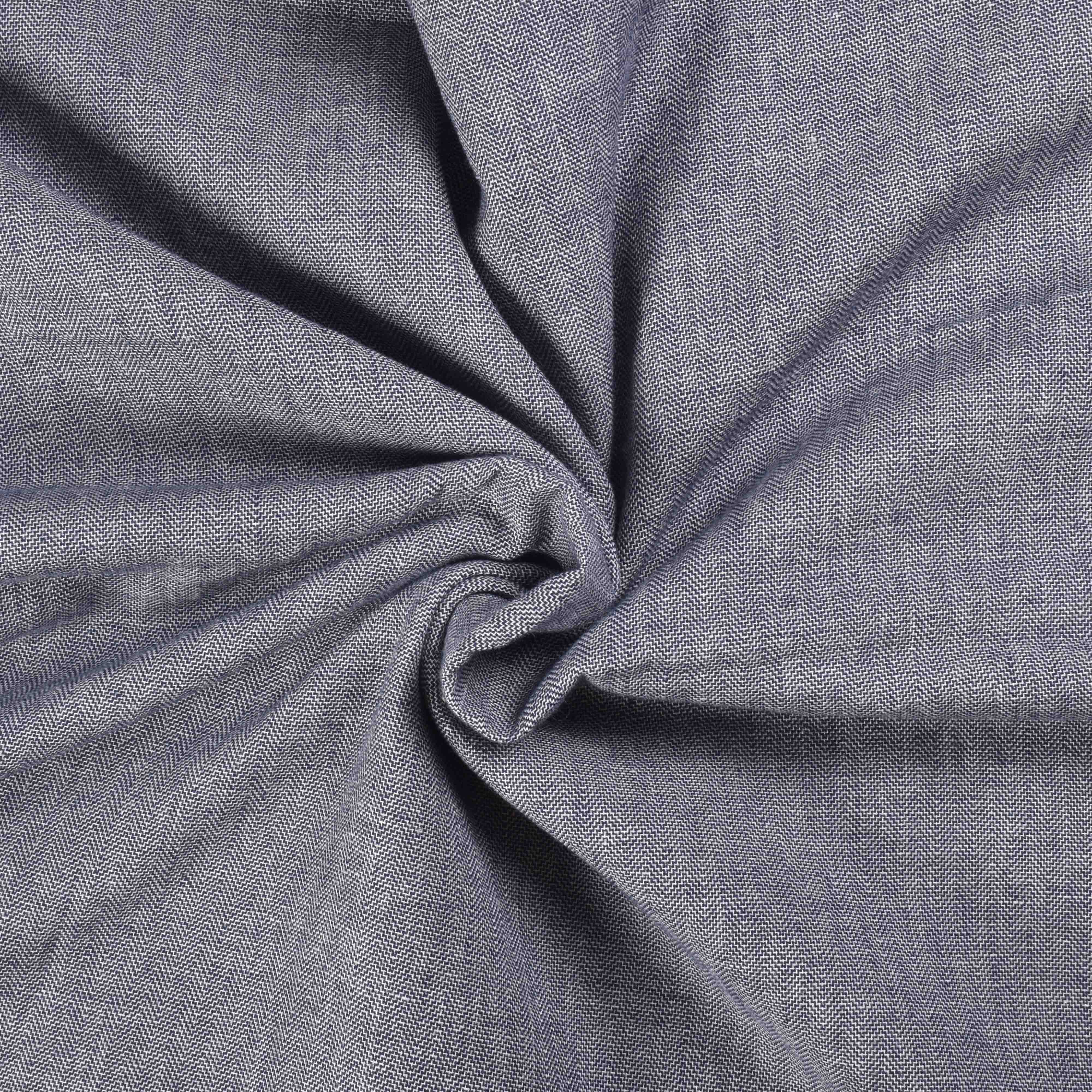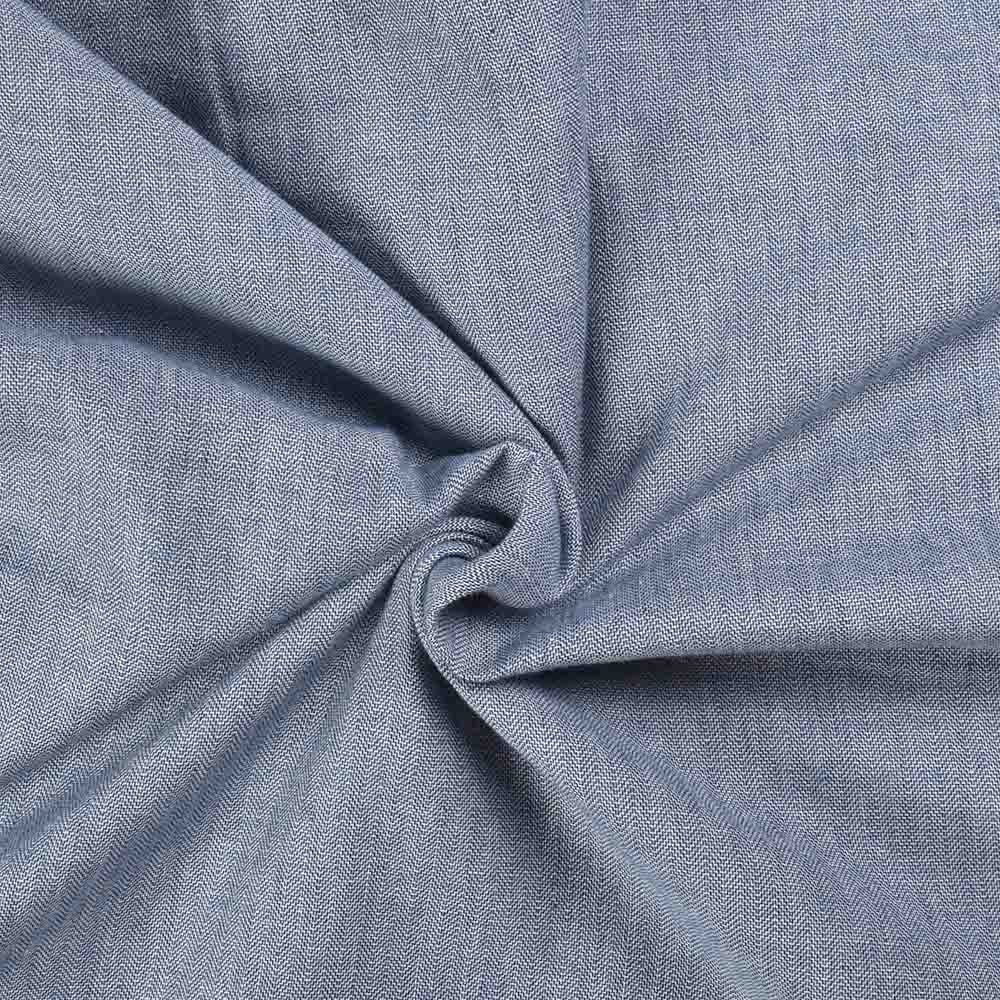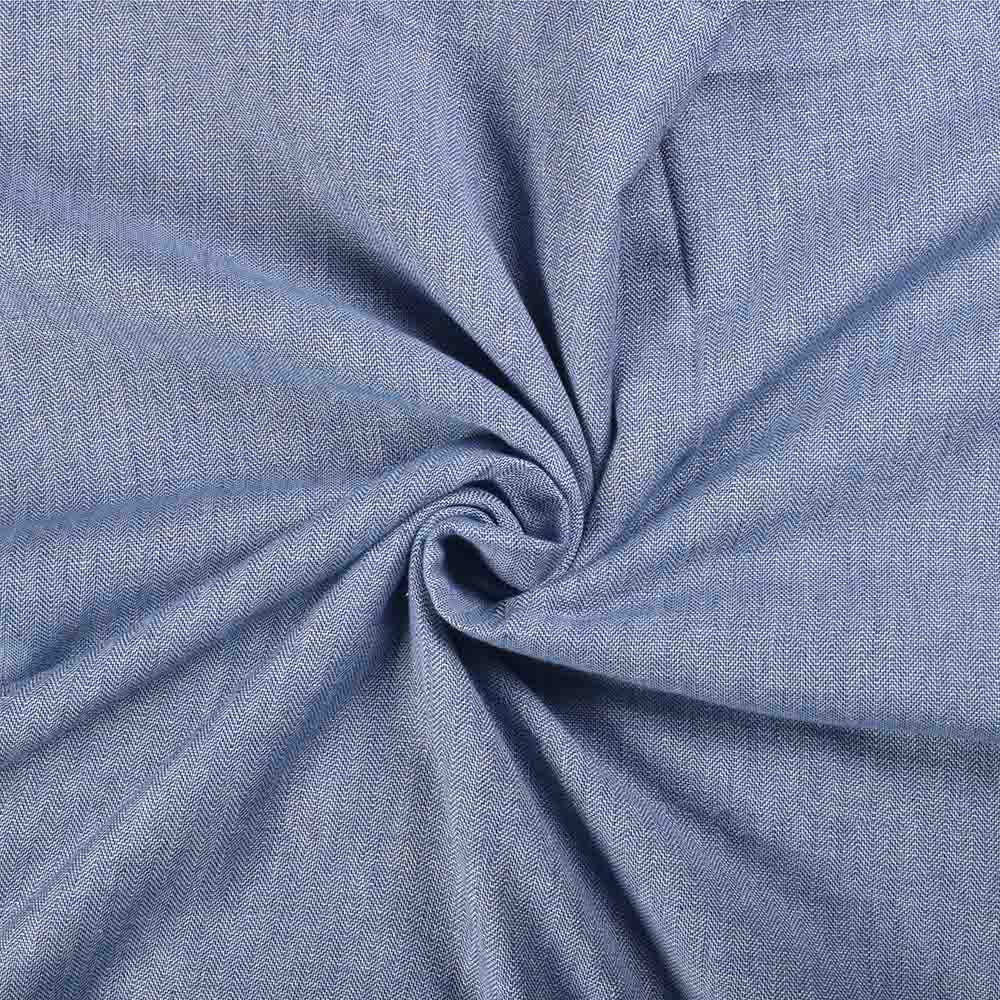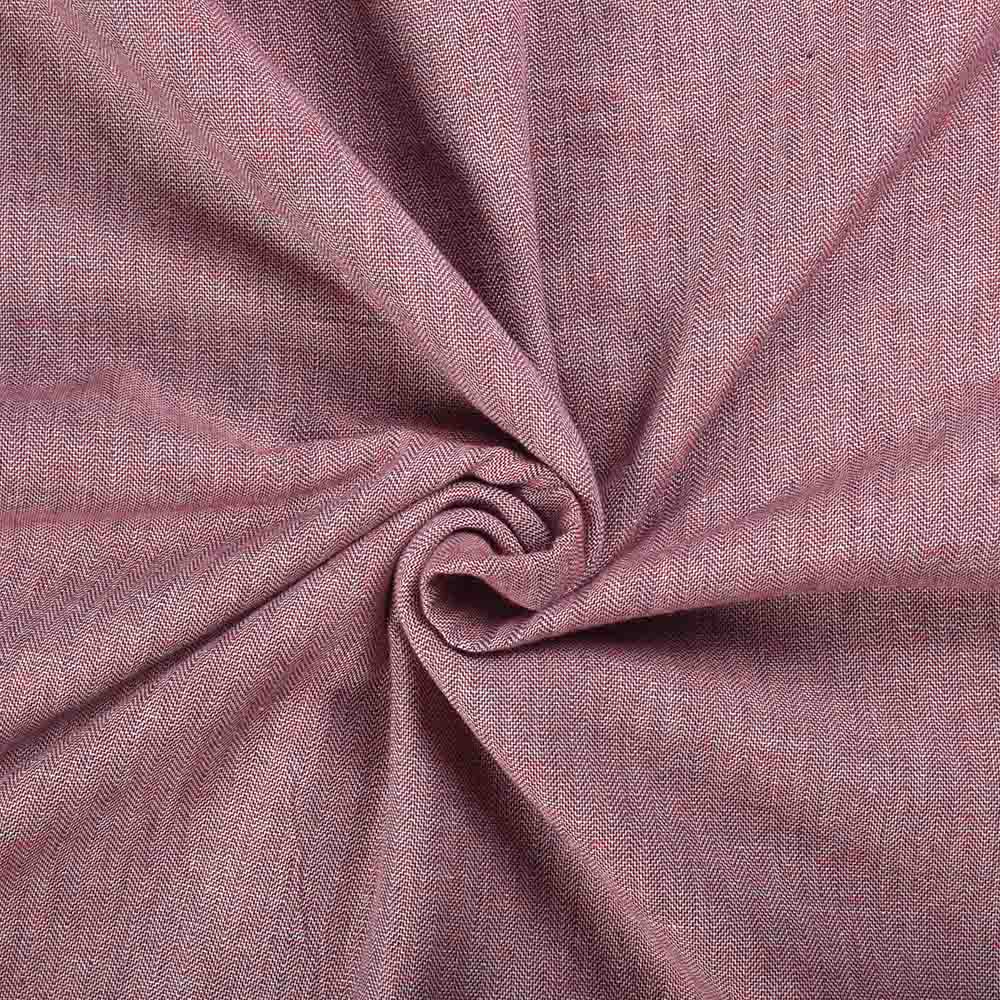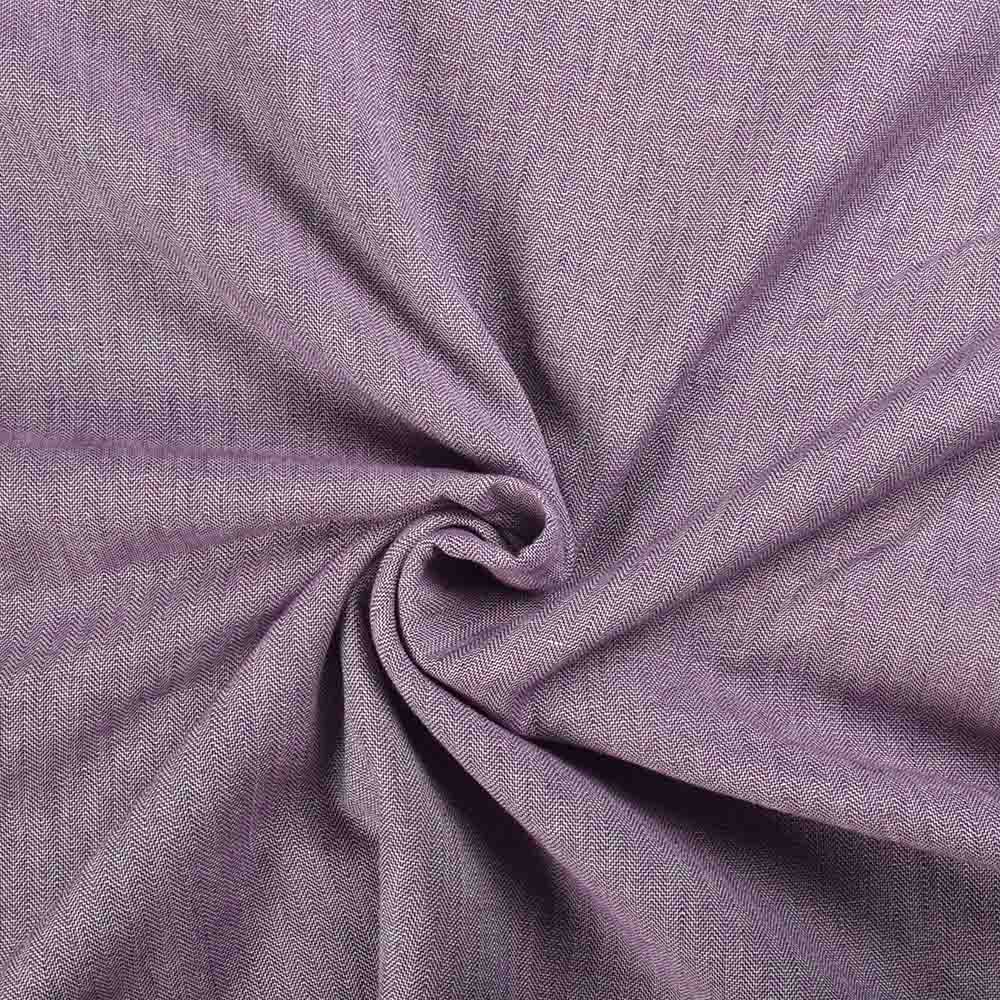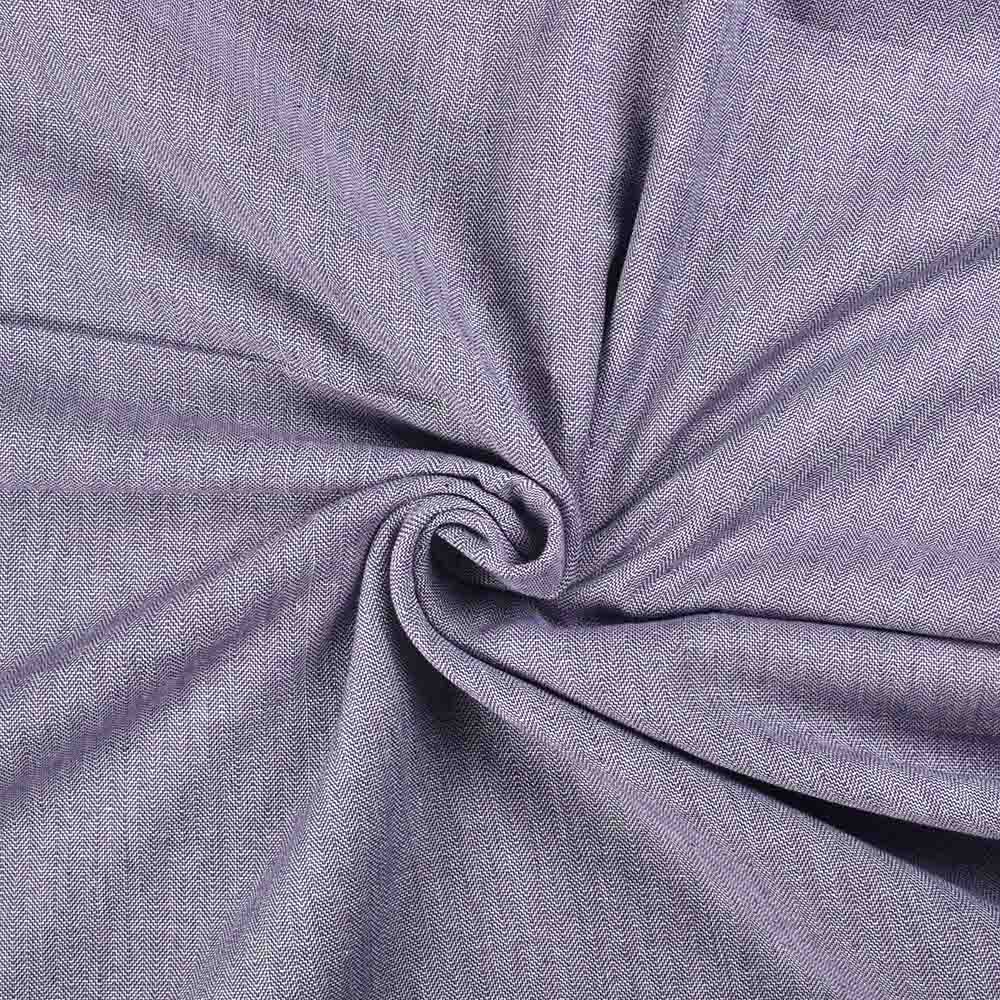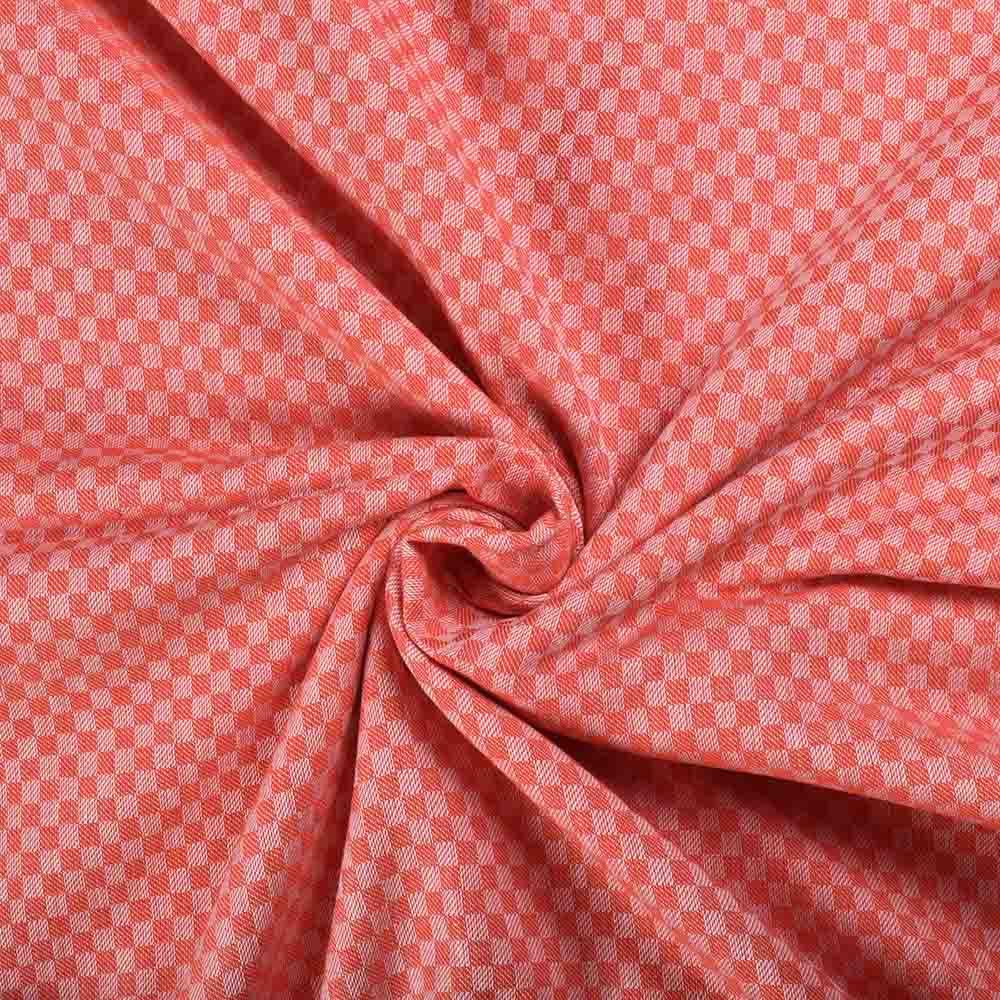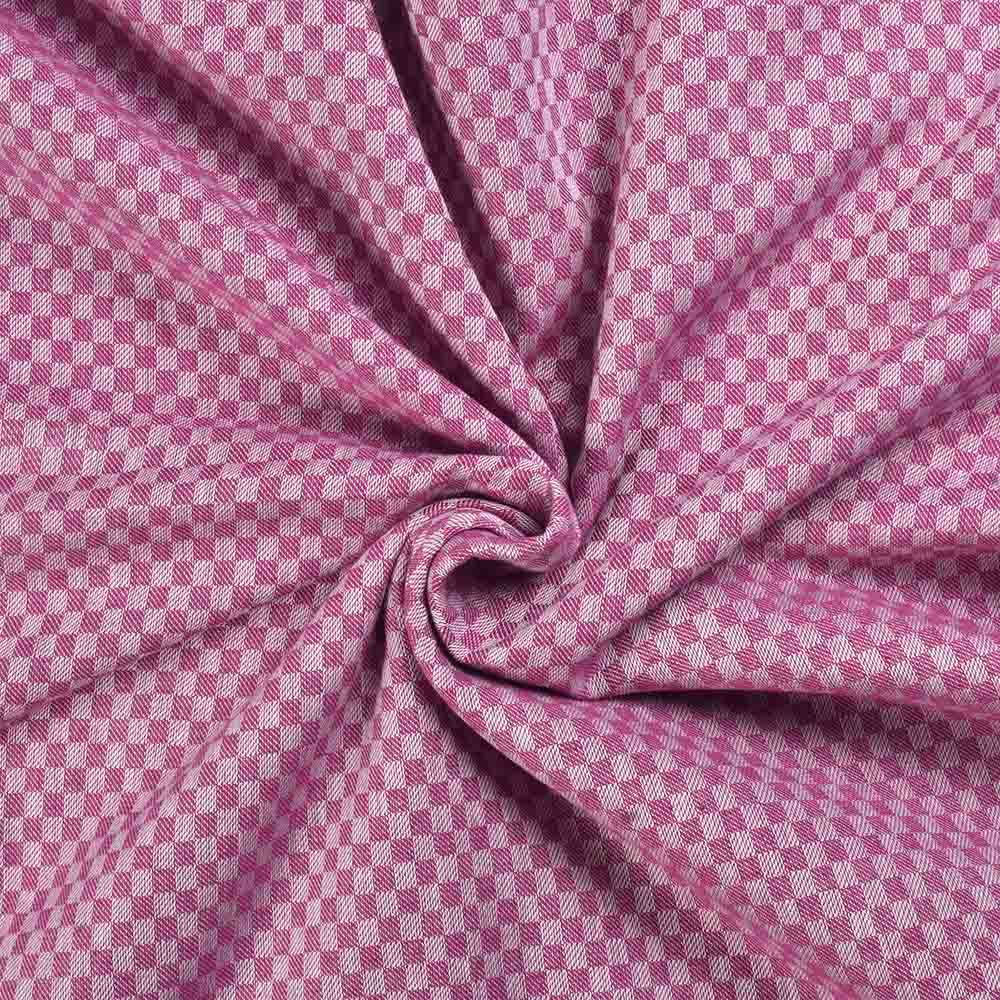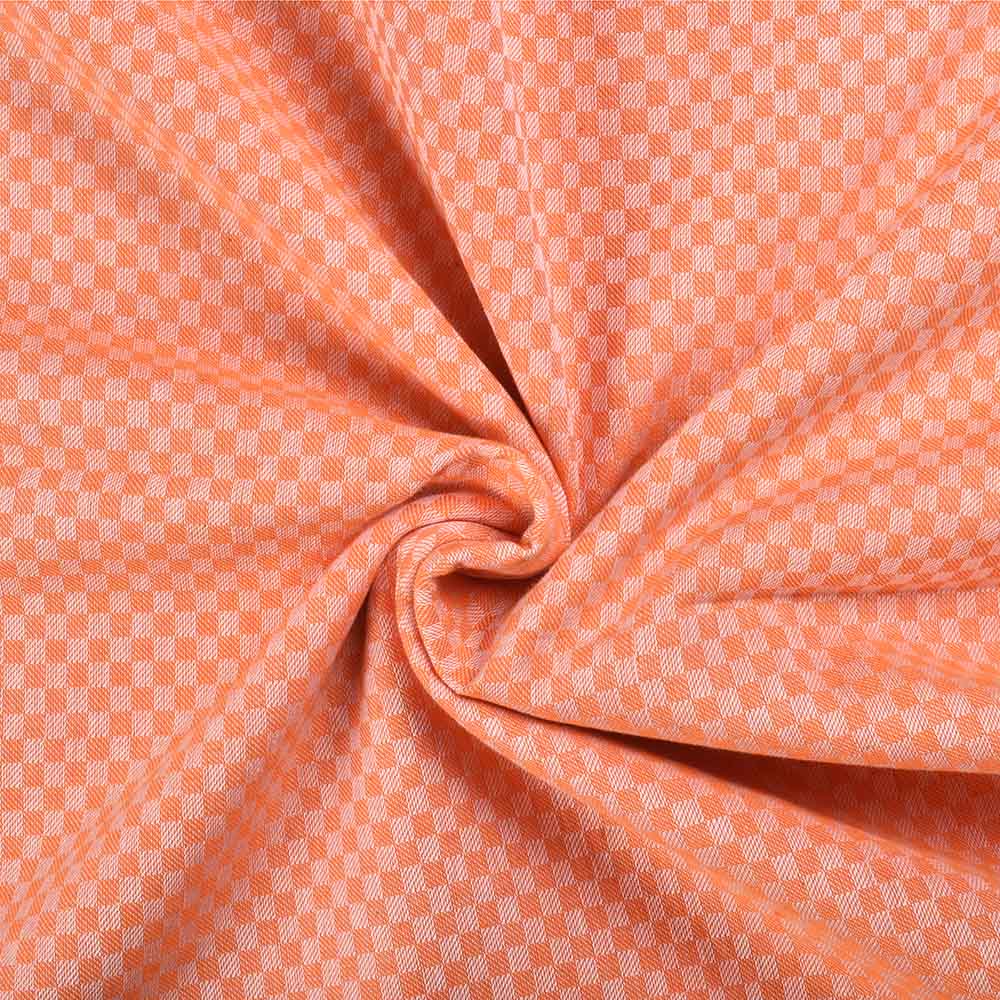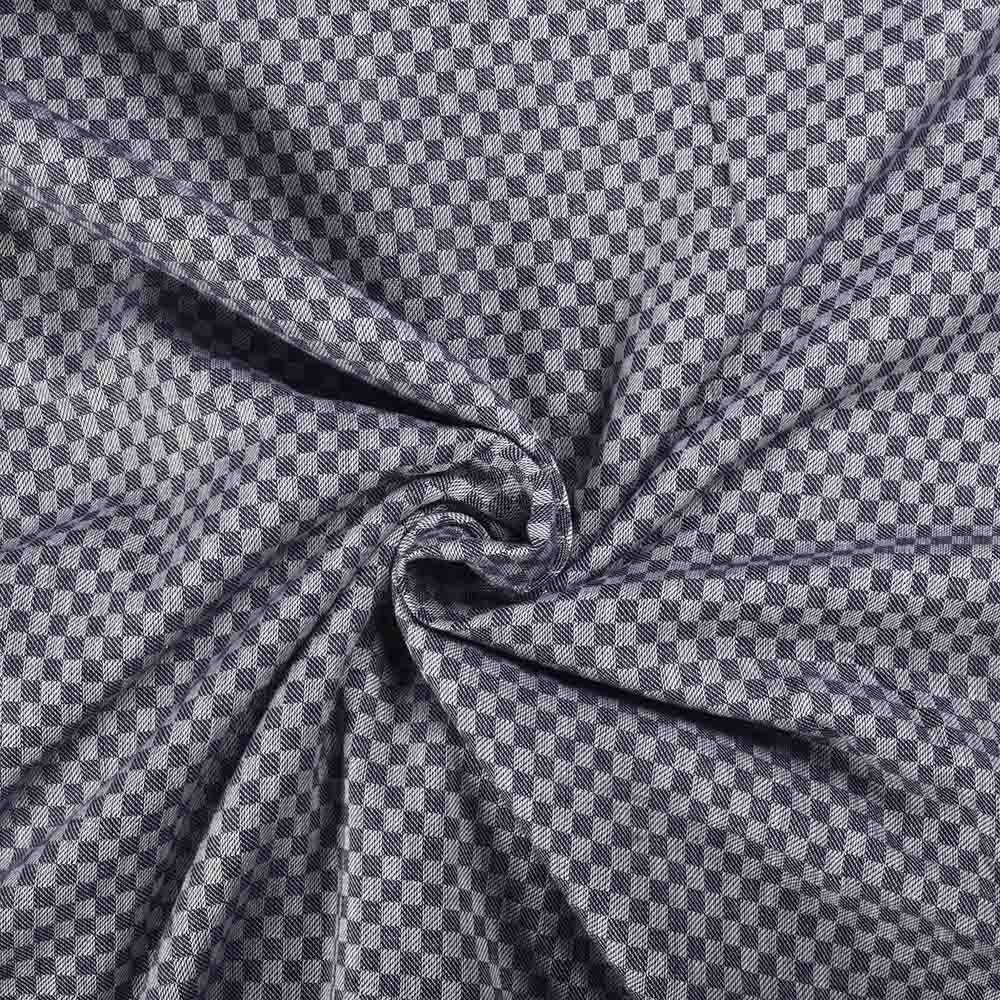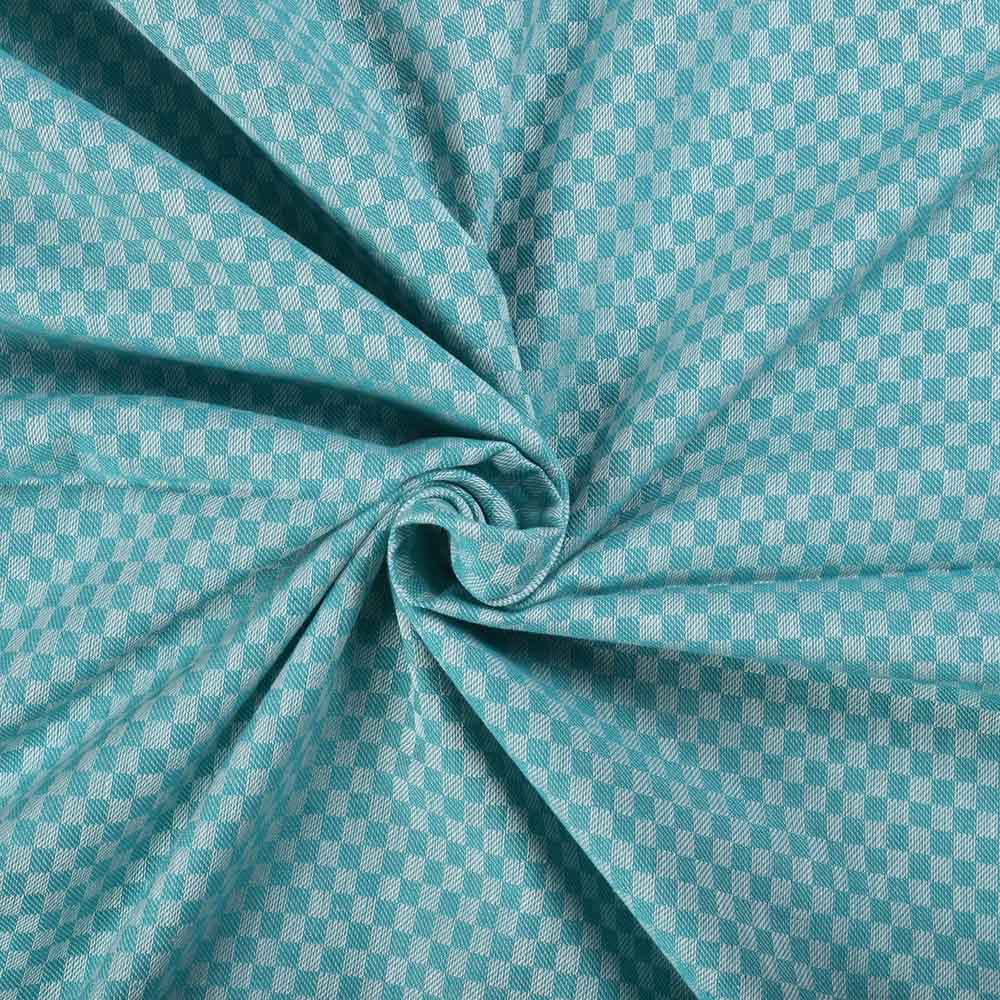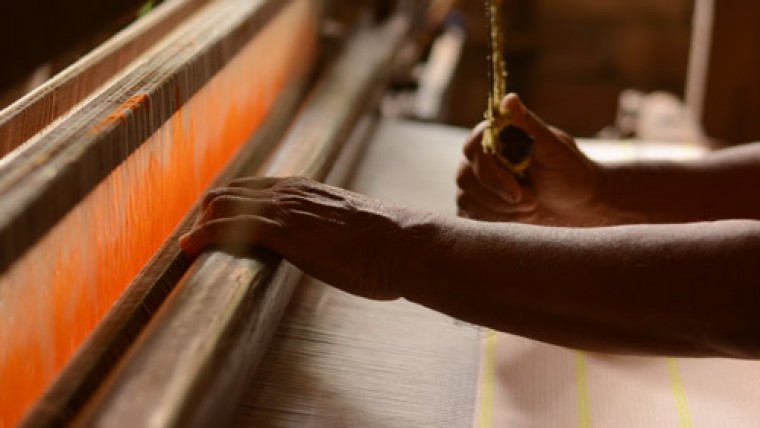
HANDLOOM JACQUARD

The Jacquard Loom Was Basically A Device Called Jacquard, Attached To A Loom Which Made Intricately Weaving Loom Patterns, Possible. Since Its Inception, The Device Has Been Predominantly Combined With Power Looms. We At Anuprerna Are To Trying To Revive Handloom Jacquard Where The Jacquard Device Is Attached To A Handloom Instead. Thus We Are Able To Create Intricate Handloom Jacquard Design Without Environmental Damages Caused By The Power Looms.
HANDWEAVING ON A JACQUARD LOOM
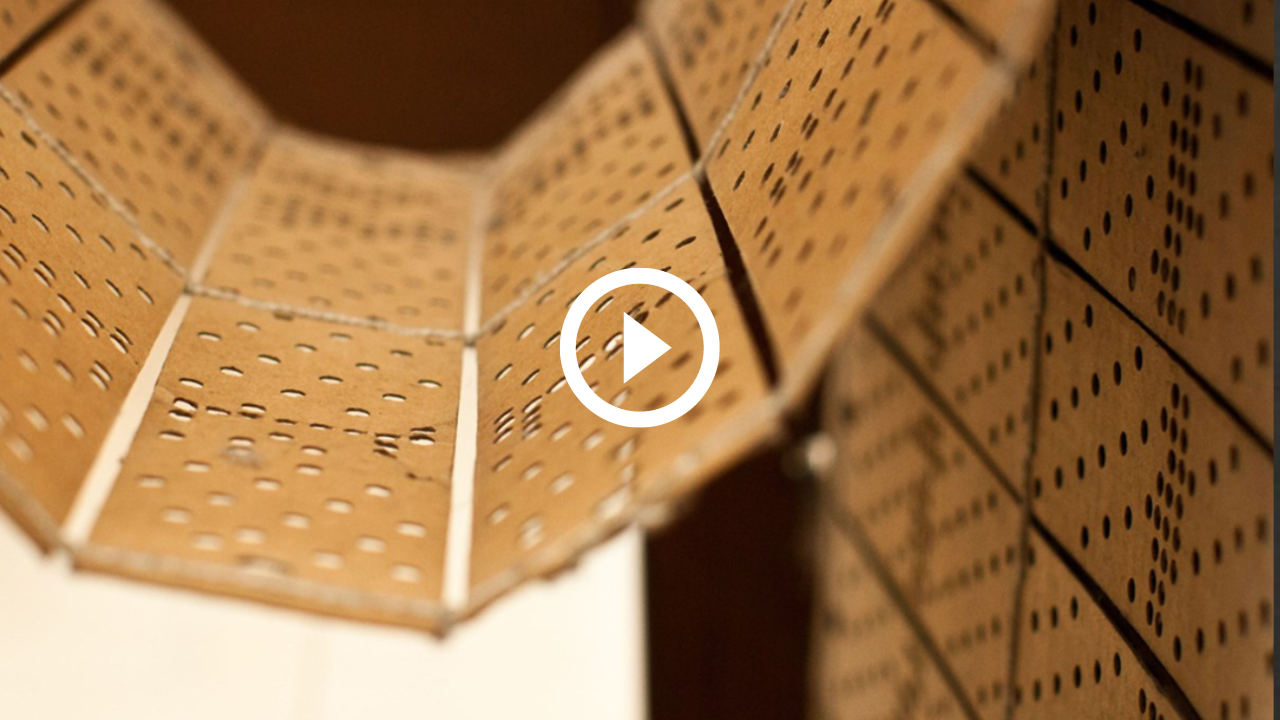
INTRODUCTION
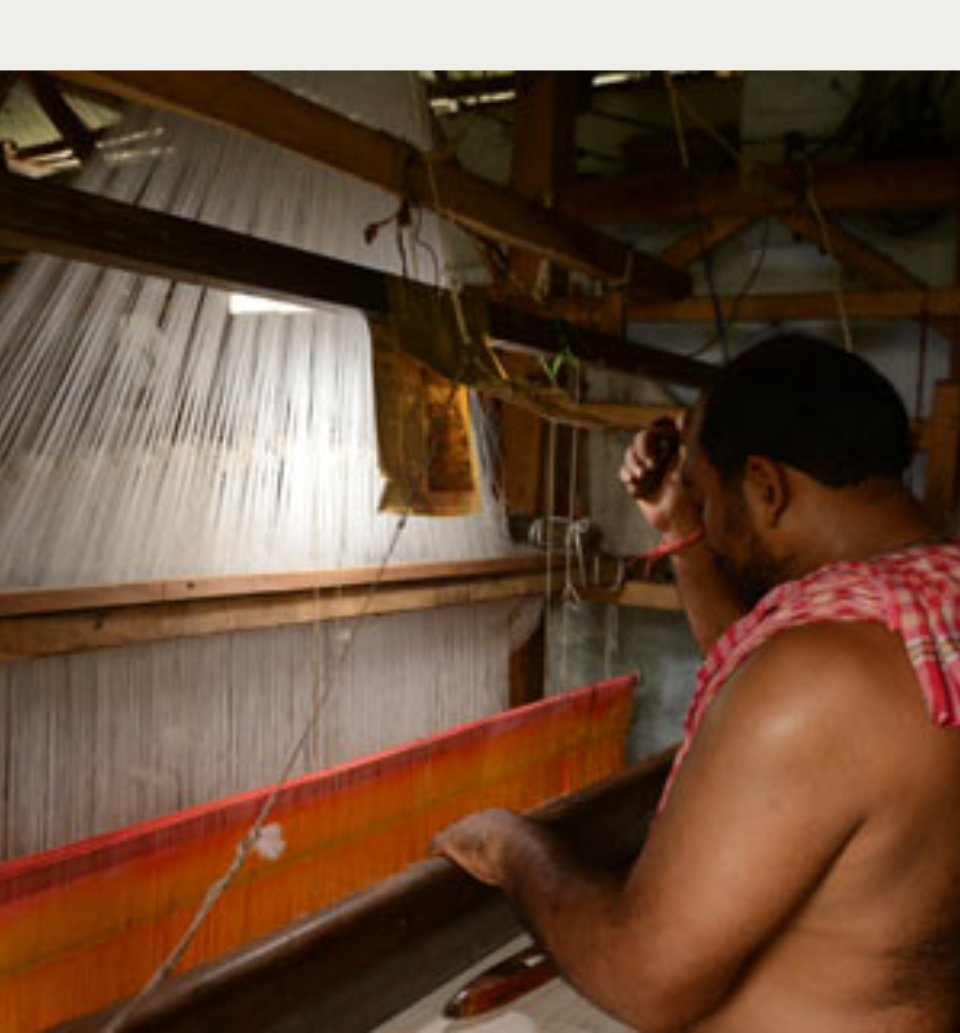
Handloom Jacquard Fabric is woven on a handloom using a Jacquard machine attached. Jacquard is a device attached to the top of a loom & helps to lift the warp threads in a particular order.
The invention of the jacquard device has revolutionized the world. Being attached to a handloom, the resulting fabric is not only beautiful but also sustainable and environmentally friendly.
HISTORY
The Jacquard device was invented by a French weaver and merchant Joseph Marie Jacquard in 1804. Before the invention of the Jacquard device, a weaver’s assistant used to sit on the top of the loom to raise and lower the warp threads on a certain pattern to create intricate woven brocade fabrics. This process was slow and painstaking. The device this process much simpler and faster.
The jacquard loom travelled to India probably during British rule. Today, Jacquard weaving is found in various parts of India where handlooms exist to produce tapestry, upholstery, saris etc.
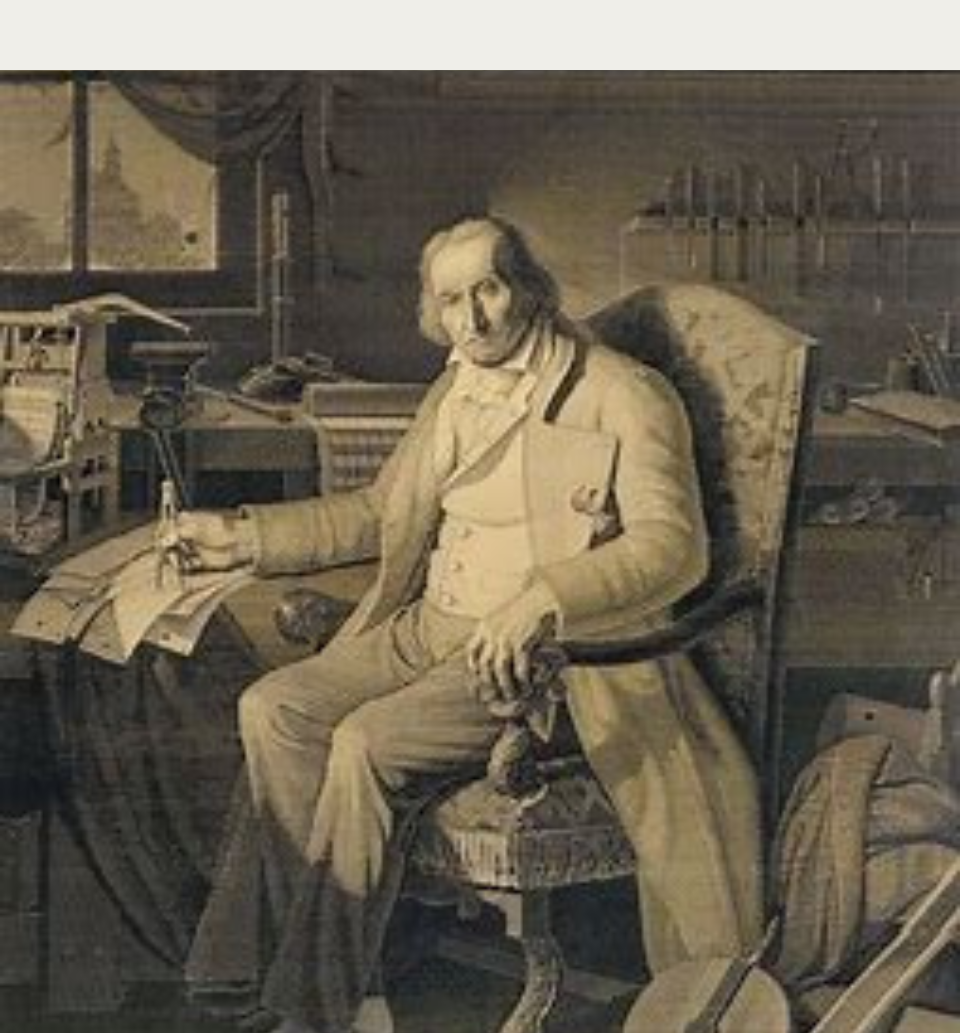
THE PROCESS OF HANDLOOM JACQUARD WEAVING- STEP 1: DESIGN PROCESS
Initially, a replicable design is sketched on a standard-sized sheet of paper. This design is then enlarged and transferred to a grid-like graph paper. The warp and weft threads of the fabric are symbolized by vertical and horizontal lines on the graph paper respectively.
The design is accurately replicated on the graph paper with the precise number of warp and weft threads, reflecting how it will appear on the actual fabric.
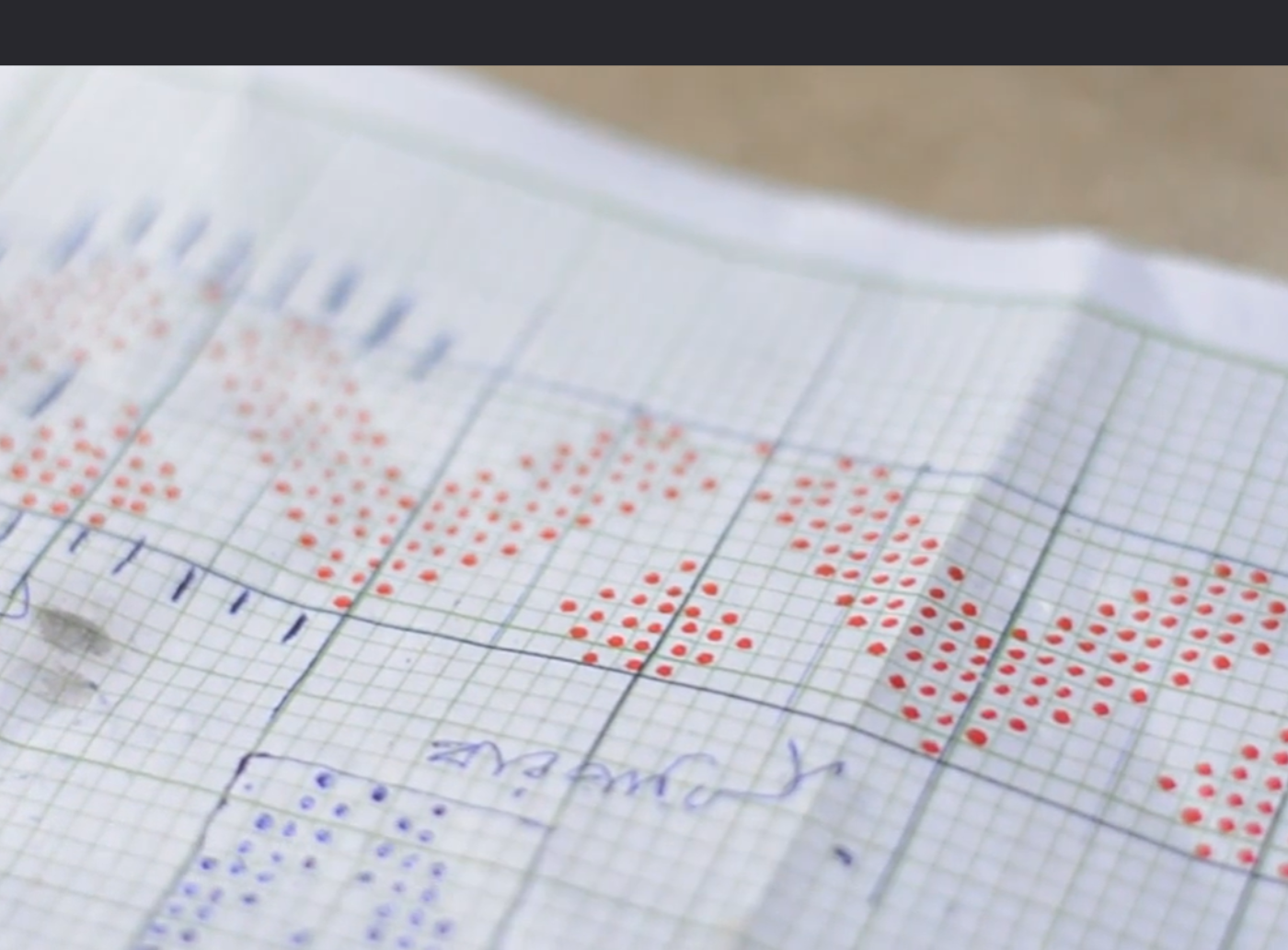
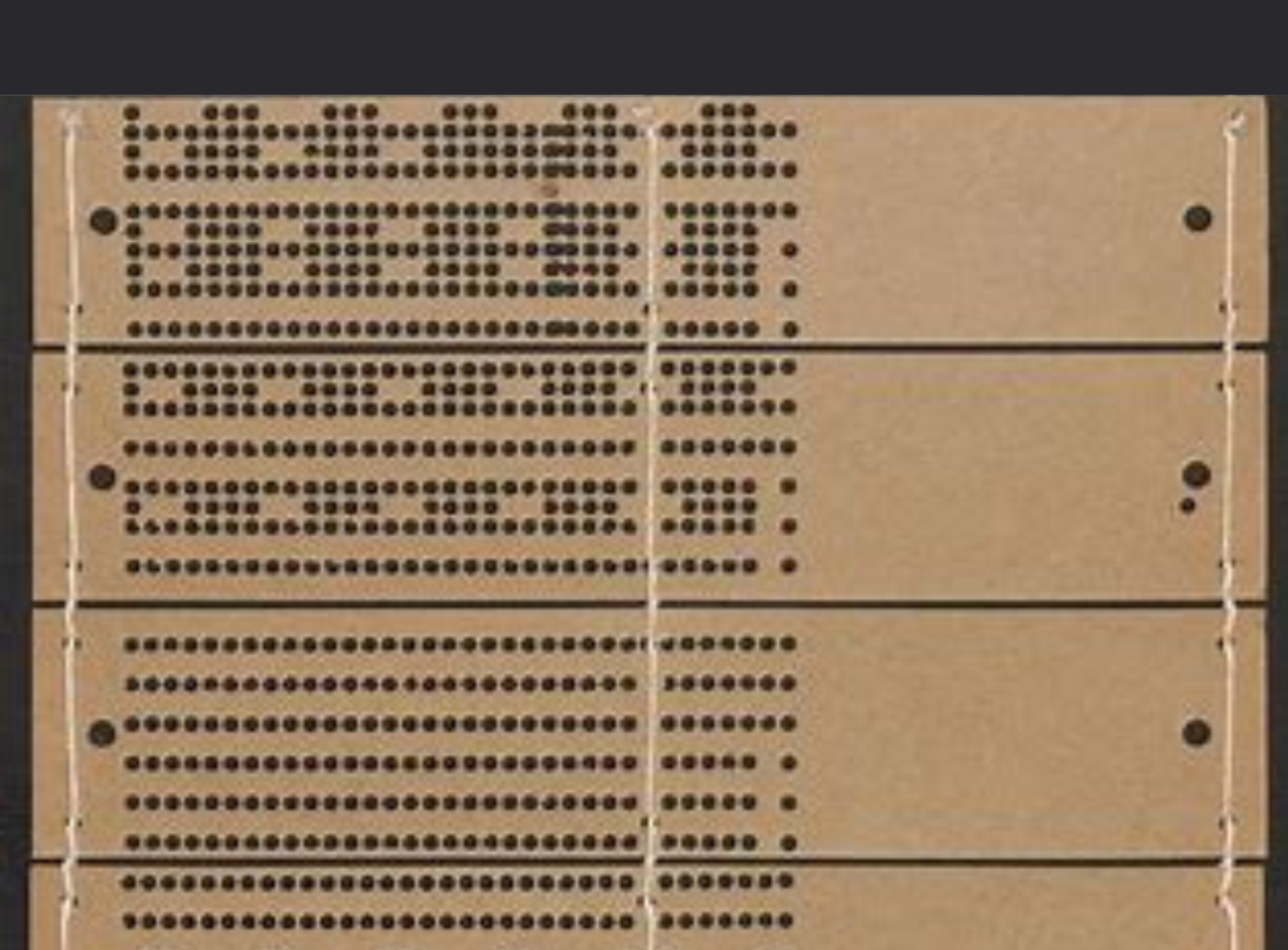
STEP 2: CARD PUNCHING/CUTTING
The graph paper design is transferred onto cards through either card punching or card cutting.
(Each card represents a specific part of the design, with holes on the card indicating a "warp up" and blanks indicating a "warp down.")
STEP 3: LACING
A proper sequence and design of the endless card chains are followed. They are then assembled and placed onto the loom's cylinder.
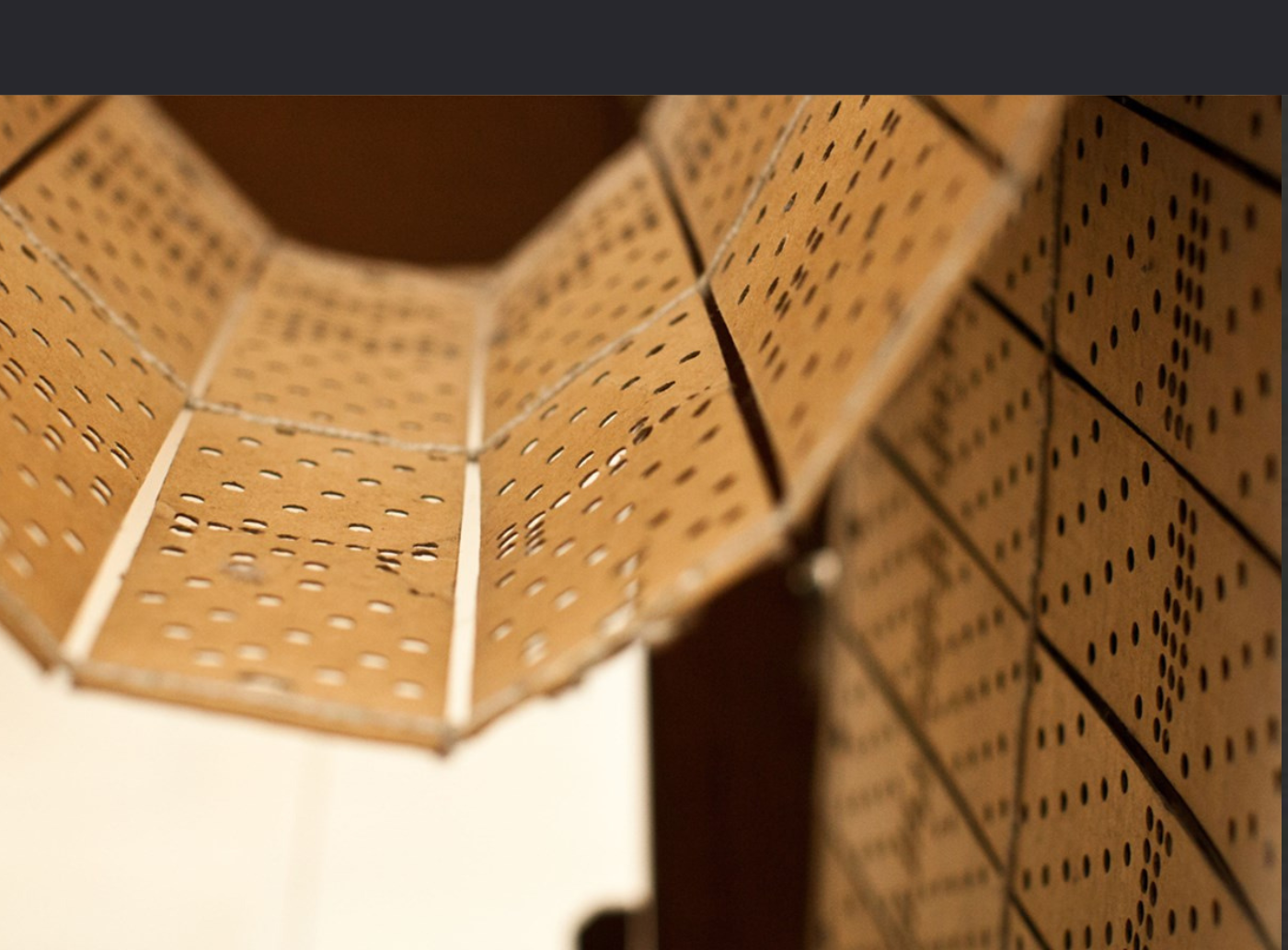
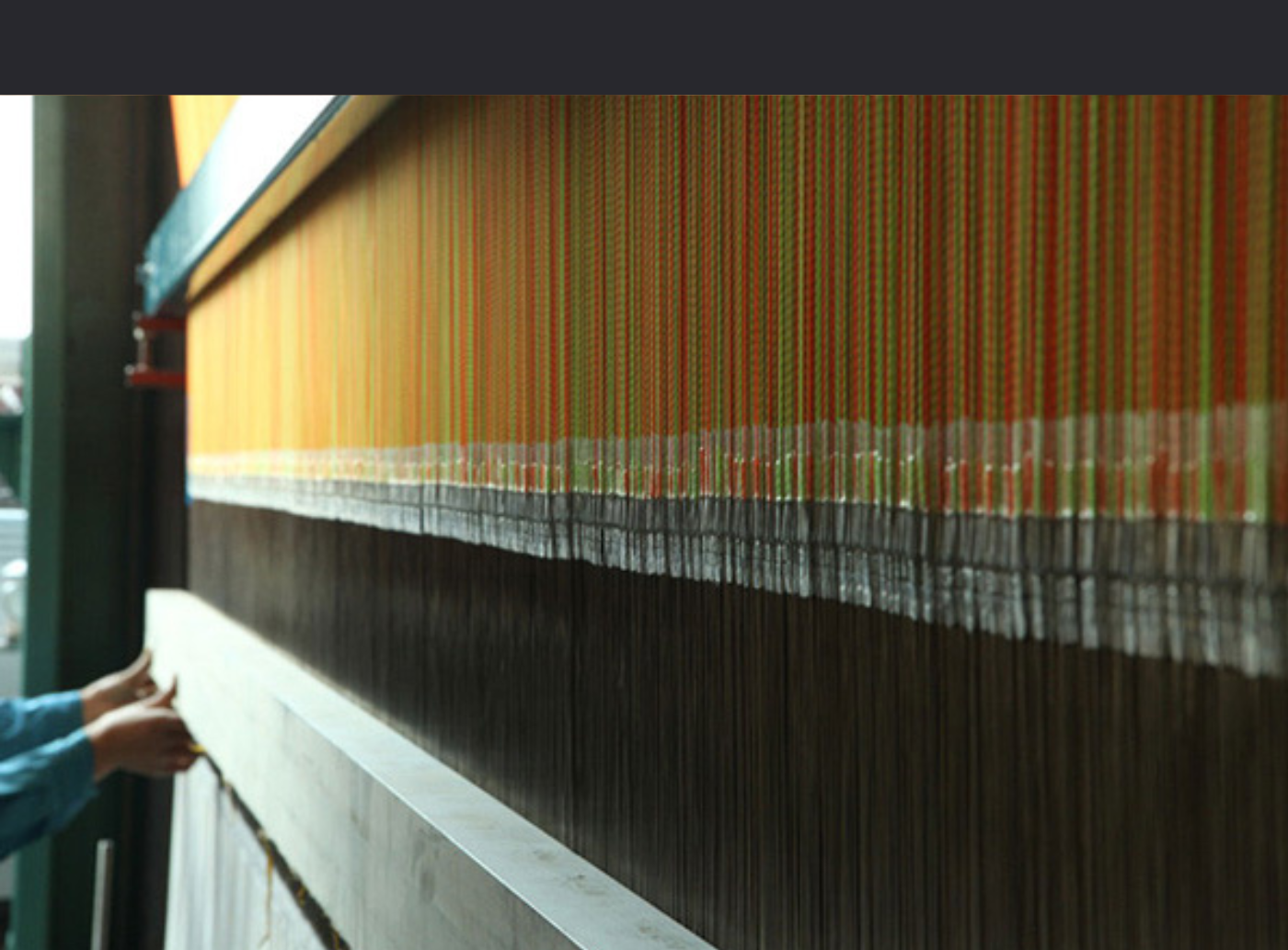
STEP 4: HARNESSING
The process involves drumming and aligning the warp threads before they pass through the healds of the jacquard harness. Subsequently, drafting and denting occur, and the warp threads are securely fastened to the cloth beam.
Once these steps are completed, the loom is prepared for the weaving process.
STEP 5: WEAVING
Weaving on the handloom begins once the loom setup is equipped
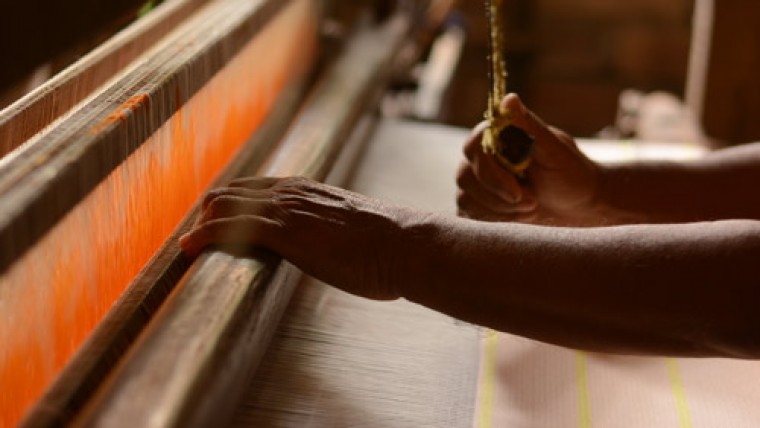
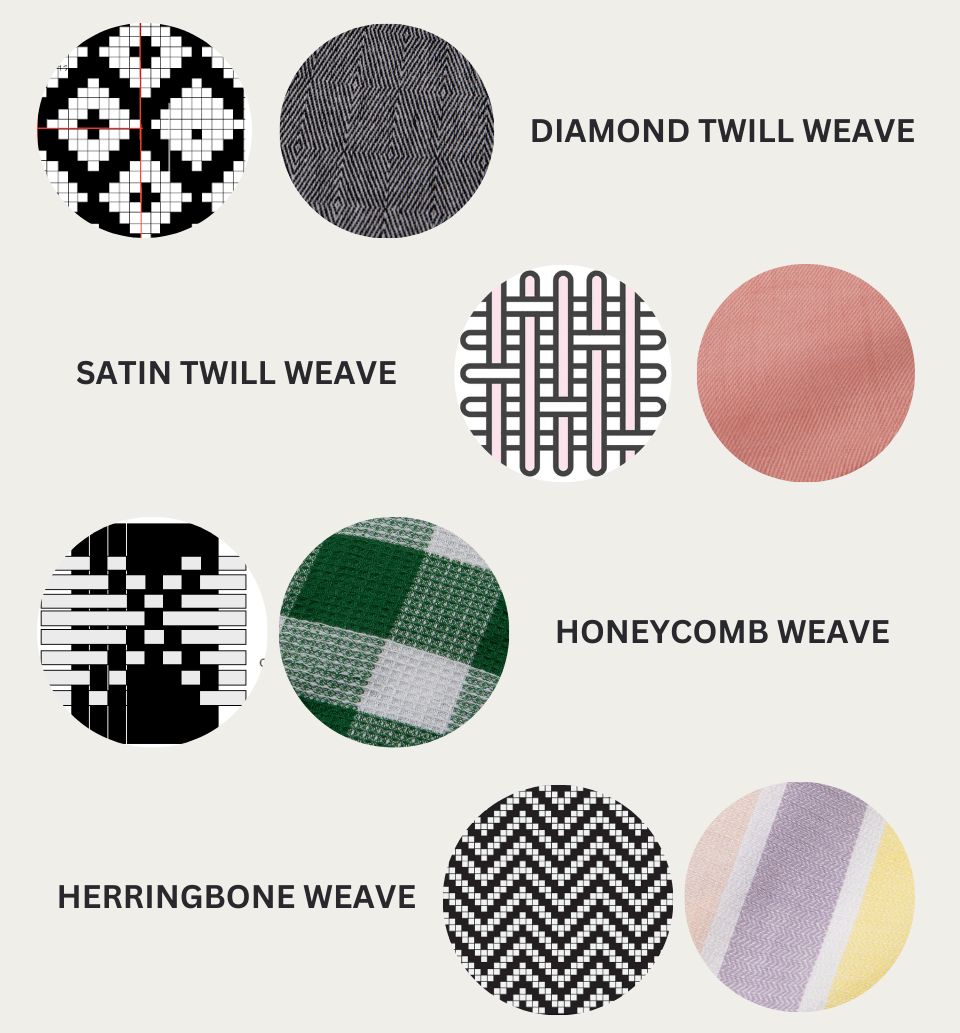
DESIGNS ACHIEVED USING JACQUARD HANDLOOM
Diamond twill is a derivative of Twill weave and is easily achieved using the Handloom Jacquard setup.
Satin twill has warp float lengths of 4-11 that are tucked in by weft yarns.
Honeycomb weave forms ridges and hollows creating a cell-like appearance.
Herringbone weave also called broken twill weave, is also achieved using the Jacquard Handloom.
APPLICATIONS OF HANDLOOM JACQUARD
Jacquard fabrics are often used in apparel, home decor textiles, upholstery fabric for curtains and drapery, or elegant pillow covers.
The strong thread structure of jacquard weaves results in homewares that will last longer than other types of weaves. It is also a popular choice of fabric for garments like Shirts,Scarves & Jackets.

frequently asked questions
Is it possible to request custom patterns or color combinations for handloom jacquard fabrics?
arrow_drop_downAt Anuprerna, we provide the opportunity to personalize and customize handloom jacquard fabrics. Our team of talented handloom jacquard artisans is available to collaborate with you in order to produce unique patterns, color combinations, and even personalized designs that perfectly match your preferences.
What are the key characteristics that distinguish handloom jacquard fabrics from other textiles?
arrow_drop_downHandloom jacquard fabrics are characterized by their intricate woven patterns and textures created using a Jacquard loom. These patterns often feature raised designs, and the fabric has a luxurious feel and visual depth.
What are some common applications of handloom jacquard fabrics?
arrow_drop_downHandloom jacquard fabrics have diverse applications, ranging from clothing to home decor. They are commonly used for crafting exquisite sarees, blouses, dresses, and shawls due to their intricate patterns, making them ideal for special occasions. Additionally, these fabrics are favored for creating elegant curtains, upholstery, cushion covers, and table linens, adding a touch of sophistication to interior decor.
What care tips should be followed to maintain handloom jacquard fabrics?
arrow_drop_downTo maintain handloom jacquard fabrics, it's best to hand wash them gently in cold water with a mild detergent. Avoid wringing or twisting the fabric. After washing, air drying is preferable to preserve their texture and patterns.
More Stories
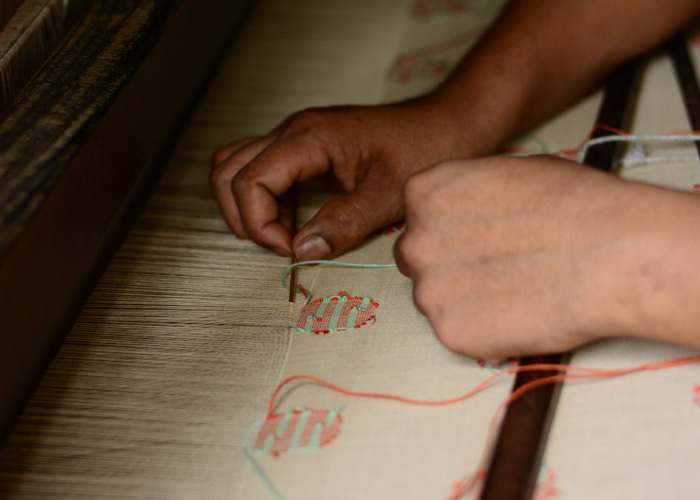
jamdani loom embroidery
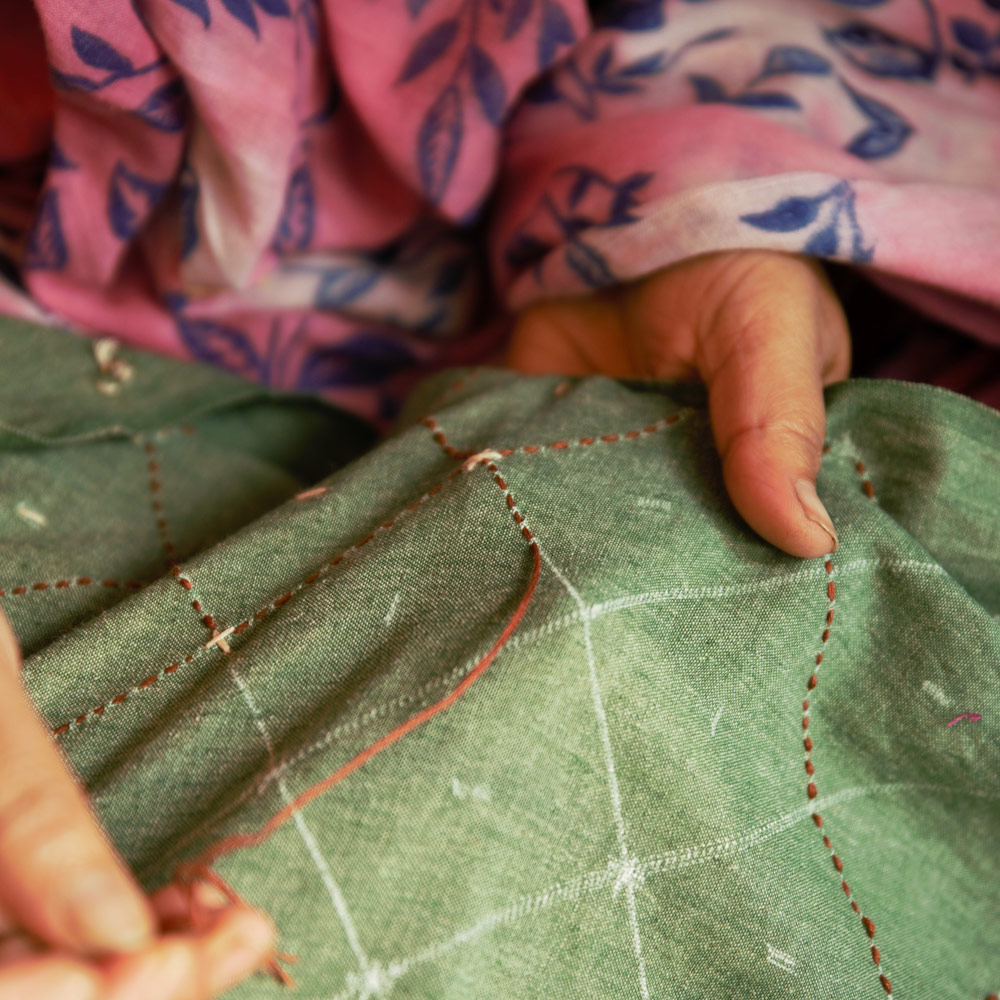
kantha embroidery
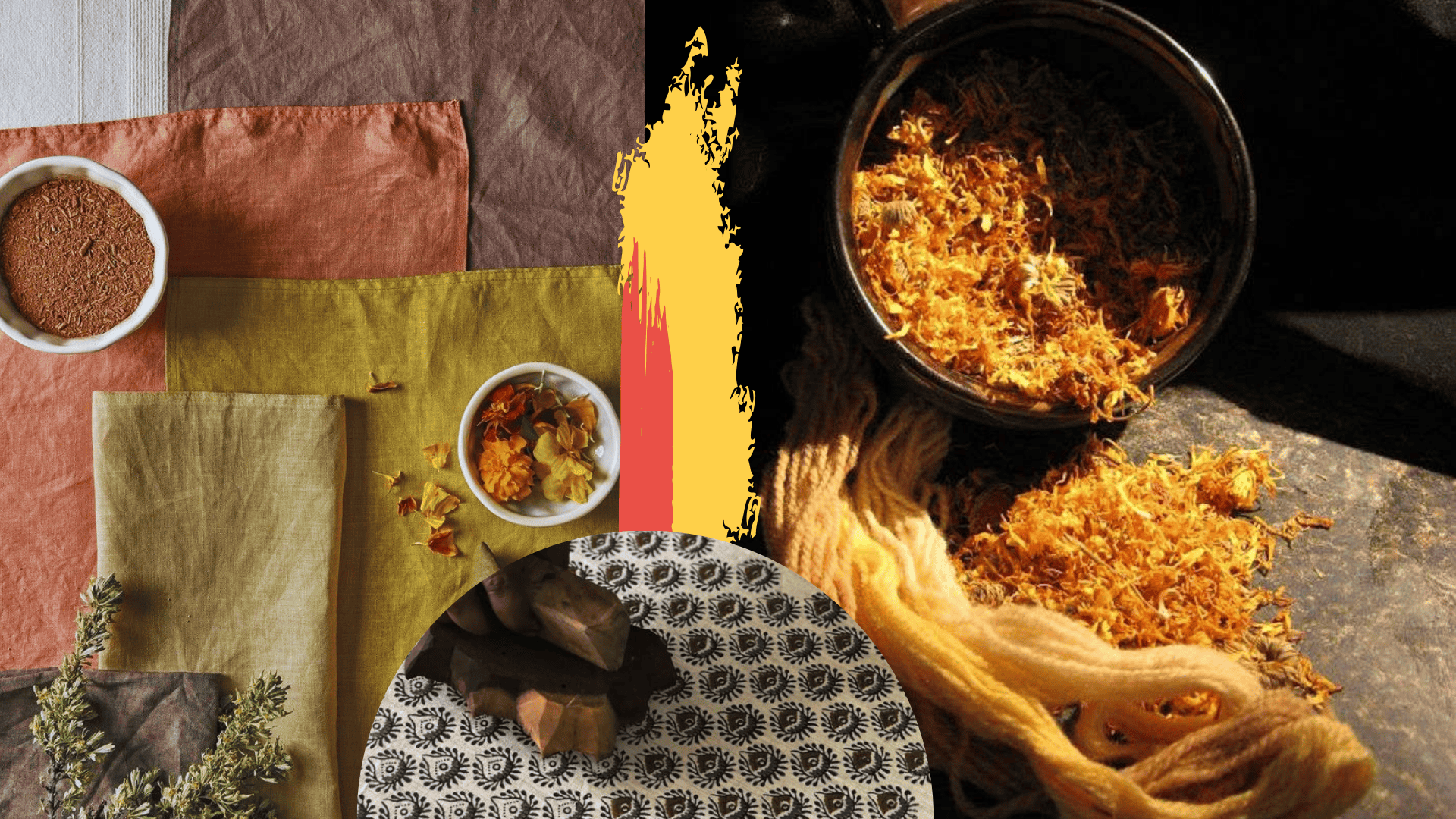
naturally dyed block printing

digital printing

ikat - a distinctive style
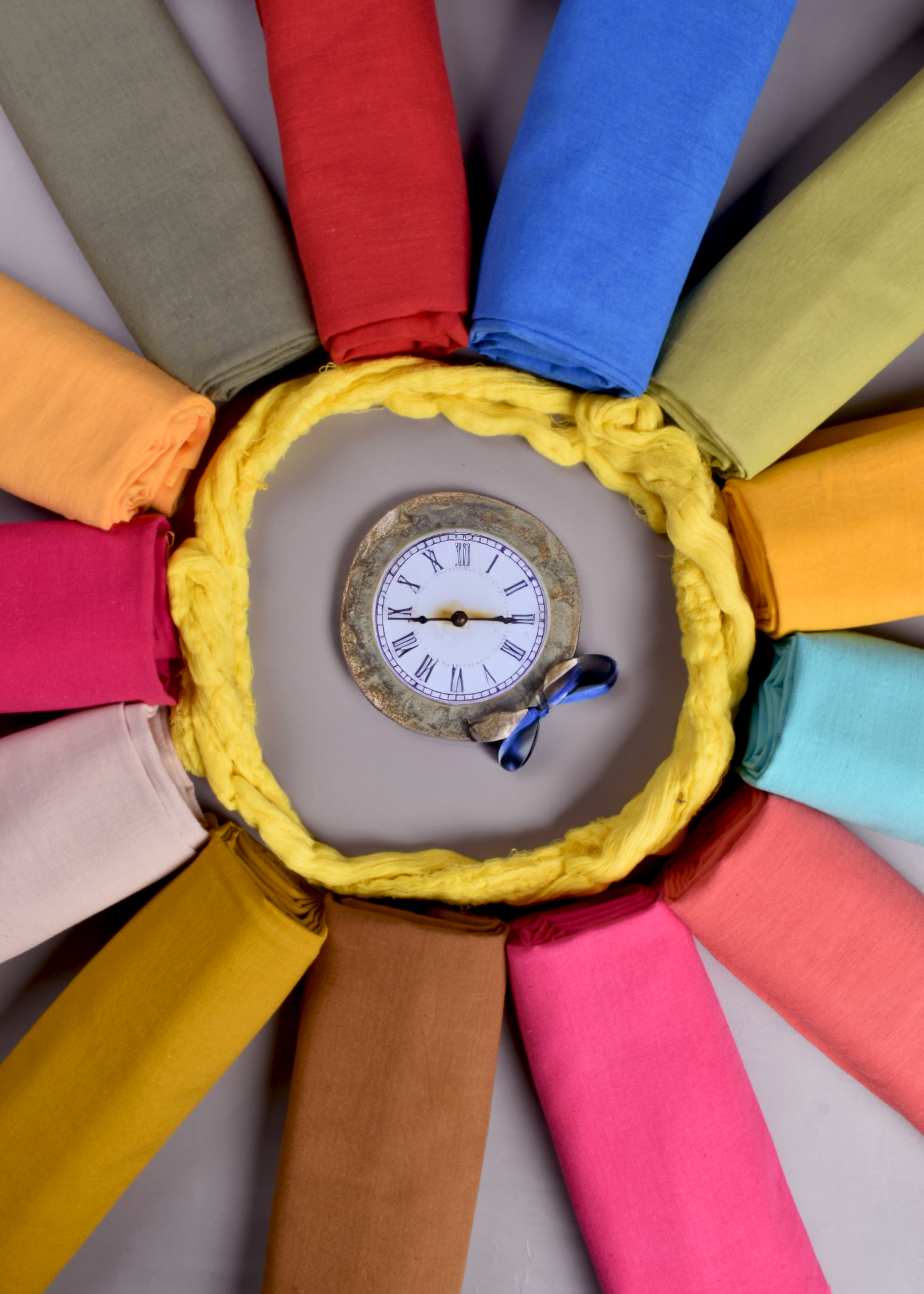
piece dyed fabrics

